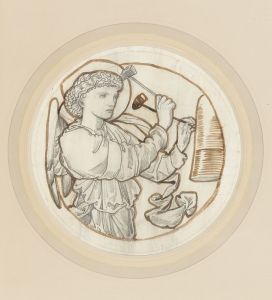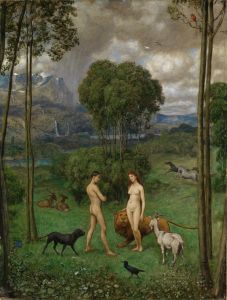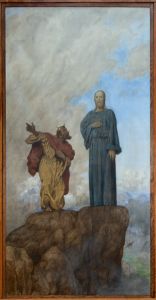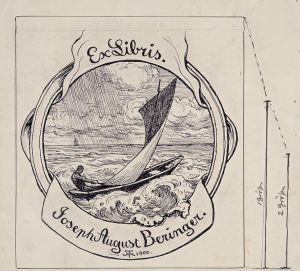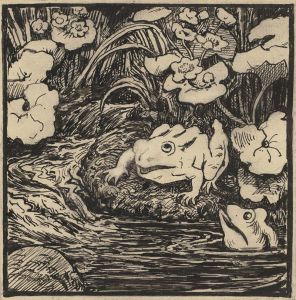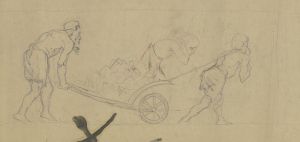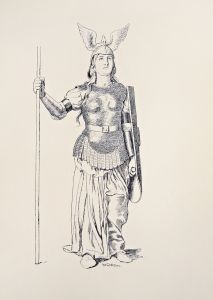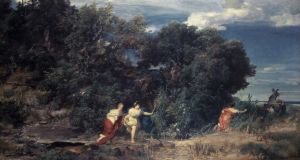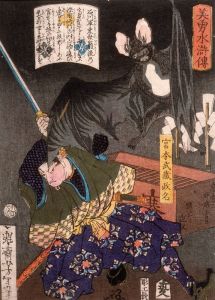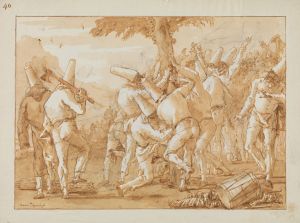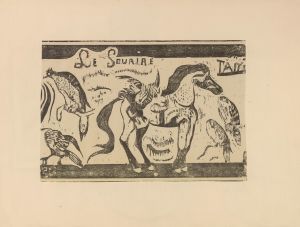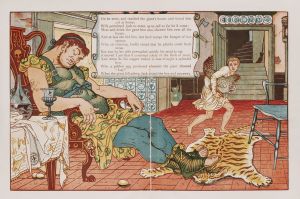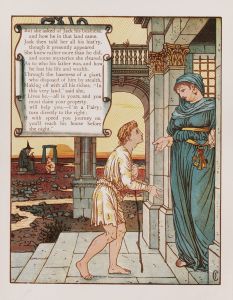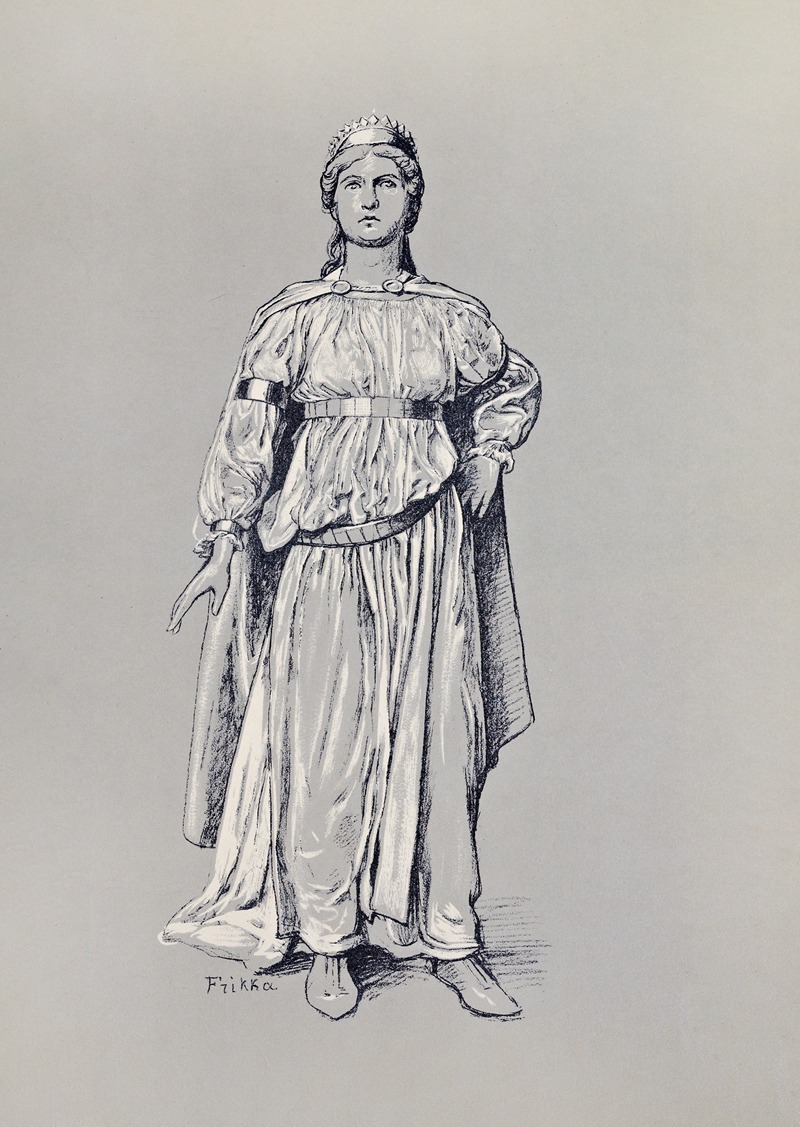
Fricka
A hand-painted replica of Hans Thoma’s masterpiece Fricka, meticulously crafted by professional artists to capture the true essence of the original. Each piece is created with museum-quality canvas and rare mineral pigments, carefully painted by experienced artists with delicate brushstrokes and rich, layered colors to perfectly recreate the texture of the original artwork. Unlike machine-printed reproductions, this hand-painted version brings the painting to life, infused with the artist’s emotions and skill in every stroke. Whether for personal collection or home decoration, it instantly elevates the artistic atmosphere of any space.
Hans Thoma was a German painter born on October 2, 1839, in Bernau in the Black Forest, and he became one of the most significant figures in 19th-century German art. Known for his landscapes, portraits, and mythological themes, Thoma's work often reflects a blend of realism and romanticism. One of his notable works is "Fricka," which is an exemplary piece showcasing his skill in portraiture and his interest in mythological subjects.
"Fricka" is a painting that depicts the goddess Fricka, a character from Germanic mythology who is often associated with marriage and family. In Norse mythology, she is known as Frigg, the wife of Odin. Thoma's portrayal of Fricka is consistent with his interest in mythological themes, which was a common subject among artists of the Romantic period. This interest was partly inspired by the resurgence of German nationalism and a fascination with the country's mythic past during the 19th century.
Thoma's depiction of Fricka is characterized by his attention to detail and his ability to convey the serene yet powerful presence of the goddess. The painting reflects Thoma's mastery of color and composition, with a focus on creating a harmonious balance between the figure and the background. His use of light and shadow adds depth to the painting, enhancing the three-dimensionality of the figure and bringing a lifelike quality to the work.
The painting is also notable for its symbolic elements, which are typical of Thoma's work. These elements often serve to enhance the narrative of the painting, providing viewers with a deeper understanding of the subject matter. In "Fricka," the symbolism may relate to themes of power, femininity, and the divine, reflecting the attributes traditionally associated with the goddess.
Hans Thoma's work, including "Fricka," was well-received during his lifetime, and he gained significant recognition in Germany. He was associated with the Munich Secession, a group of artists who sought to break away from the traditional academic art styles of the time. Thoma's work was celebrated for its technical skill and its ability to evoke emotion and contemplation.
Today, Thoma's paintings are held in high regard, and his works can be found in various museums and collections. "Fricka" is an important part of his oeuvre, representing his contribution to the revival of interest in mythological and historical themes in art. Thoma's legacy continues to influence artists and art enthusiasts, and his paintings remain a testament to his skill and vision as an artist.
While specific details about the painting "Fricka" such as its exact date of creation or current location might not be widely documented, the work remains an integral part of Hans Thoma's artistic legacy. His ability to blend realism with romantic and mythological elements makes his work distinctive and enduringly relevant in the study of 19th-century German art.





